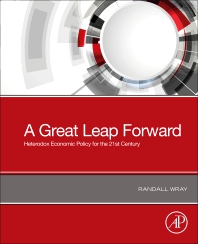
Publications
Is Wealth Becoming More Polarized in the United States?
Recent work has documented a rising degree of wealth inequality in the United States between 1983 and 1998. In this paper we look at another dimension of the distribution: polarization. Using techniques developed by Esteban and Ray (1994) and extended by D'Ambrosia (2001), we examine whether a similar pattern exists with regard to trends in wealth polarization over this period. The approach followed provides a decomposition method, based on counterfactual distributions, that allows one to monitor which factors modified the entire distribution and precisely where on the distribution these factors had an effect. An index of polarization is provided, as are summary statistics of the observed movements and of distance and divergence among the estimated and the counterfactual distributions. The decomposition method is applied to US data on the distribution of wealth between 1983 and 1998. We find that polarization between homeowners and tenants and among different educational groups continuously increased from 1983 to 1998, while polarization by income class continuously decreased. In contrast, polarization by racial group increased from 1983 to 1989 and then declined from 1989 to 1998, while polarization by age group followed the opposite pattern. We also find that most of the observed variation in the overall wealth density over the 1983-98 period can be attributed to changes in the within-group wealth densities rather than changes in household characteristics.

